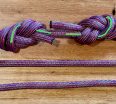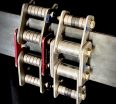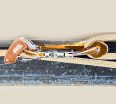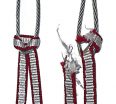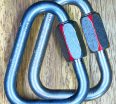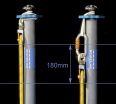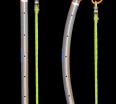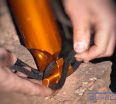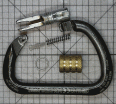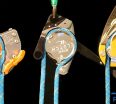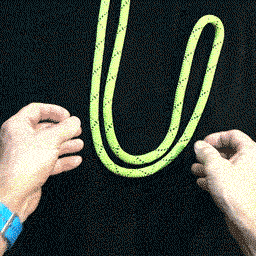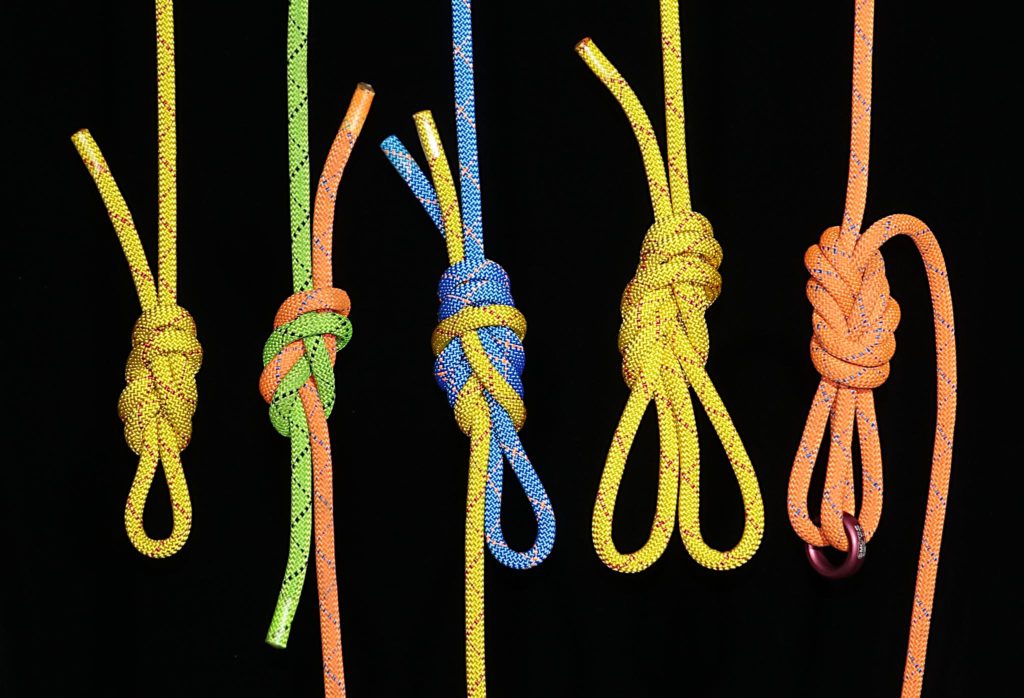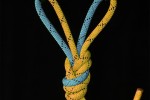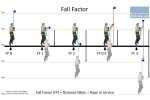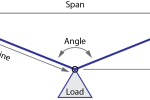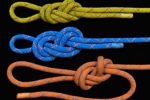The Fabulous Figure-of-8 Knot
In my mind, the humble Figure-of-8 knot ranks at the top of the list.
In order, my top four are:
- Figure-of-8 Knot
- Alpine Butterfly Knot
- Munter/Italian Hitch
- Prusik Hitch
There are certainly other knots that I will use, but they can’t really add much to what these four can already do.
My reasons for having the Figure-of-8 at the top:
- It is easy to tie.
- It is easy to recognise and check, even from a distance.
- It has many variations that cater for many different uses.
Knots, Hitches, and Bends
In a broad sense we can apply the general term ‘knot’ to any interwoven sequence in a piece of cord. Historically ‘Knots’ have been divided into three subgroups: Knots, Hitches, and Bends. Specifically, these terms refer to the following families.
Knot
An interwoven sequence of rope that, when tightened, will hold a recognisable form.
Examples: Figure-of-8 knot, Alpine Butterfly knot, Overhand knot.
Hitch
An interwoven sequence of cord that is tied around an object in a recognisable form. The hitch depends upon that object to hold its form and, without this object, the hitch may fall apart.
Examples: Clove hitch, Munter/Italian hitch, Prusik hitch.
Bend
An interwoven sequence used to join two separate cords together.
Examples: Double Fisherman’s bend, Sheet bend, Flemish bend.
How to tie the Figure-of-8 Knot
There are many excellent online resources showing how to tie this knot, however few show how to tie it and get it correctly dressed in one sequence. The video below shows how to do this for both the standard Figure-of-8 on-the-bight and also for the Figure-of-8 Bunny Ears variation.
Variations of the Figure-of-8 Knot
This image shows five variations of the Figure-of-8 knot.
- A standard Figure-of-8 on the bight. This could also be tied as a rethreaded Figure-of-8 if it needs to be tied around a closed object.
- A Flemish Bend. This is effectively an end-to-end rethreaded Figure-of-8 tied with two different ropes. This is an excellent bend for joining ropes of similar condition and diameter.
- A Flemish Bend with a bight. This is the same as the previous knot however a Figure-of-8 on-a-bight was first tied on the blue rope before rethreading the yellow rope. The advantage here is that we now have a secure loop that can be clipped during transitions past the knot.
- The Figure-of-8 Bunny Ears. This knot is often used for attaching a single rope to a pair of anchor bolts. Some have expressed concerns about the security of each loop if the other failed however this is not warranted as the knot is very secure. A separate RopeLab Members’ report looks at this concern here.
- The Figure-of-8 Bunny Ears tied mid-rope to a ring. It is possible to tie this knot to a closed object, such as a rigging ring or pulley, without needing access to the end of the rope. This can be particularly useful for setting retrievable ropes.
The Figure-of-8 Bunny Ears can also be tied as a rethreaded knot directly into two ring bolts. This may be useful as it reduces the number of carabiners needed and also provides a very secure method of attachment.
Conclusion
A Figure-of-8 is:
- A knot for climbers to tie in directly to the end of the rope.
- A knot for tying directly around objects and anchors.
- A bend for joining ropes.
A Figure-of-8 is not:
- A midline knot for multi-directional loading.
The Figure-of-8 knot is one of the most useful and versatile of all knots. It is also very easy to tie and inspect. These are the reasons it sits firmly at the top of my list of knots. For every 100 knots I tie and use, 95 would be variations of the Figure-of-8.
© Richard Delaney, RopeLab 2016.



